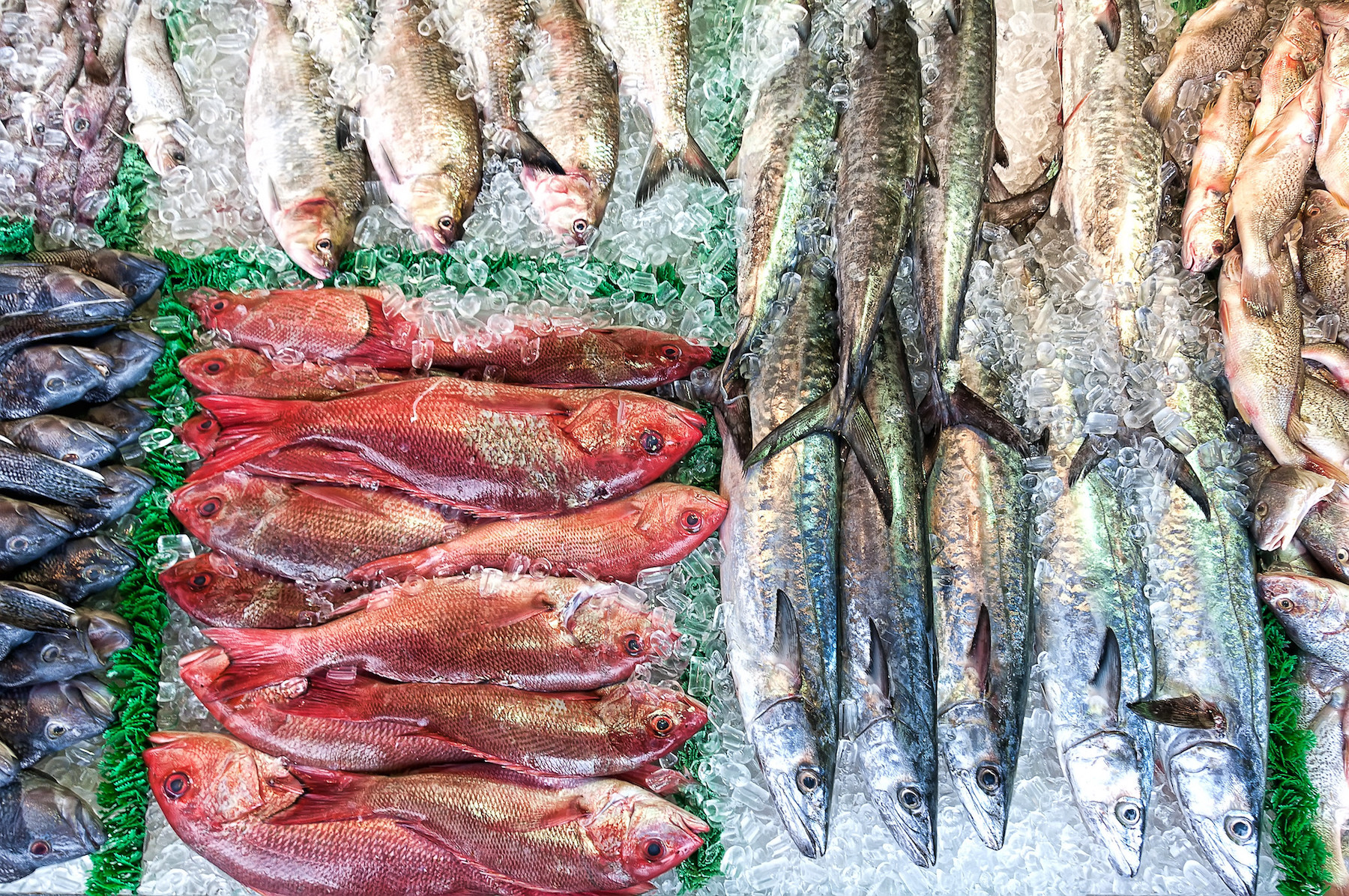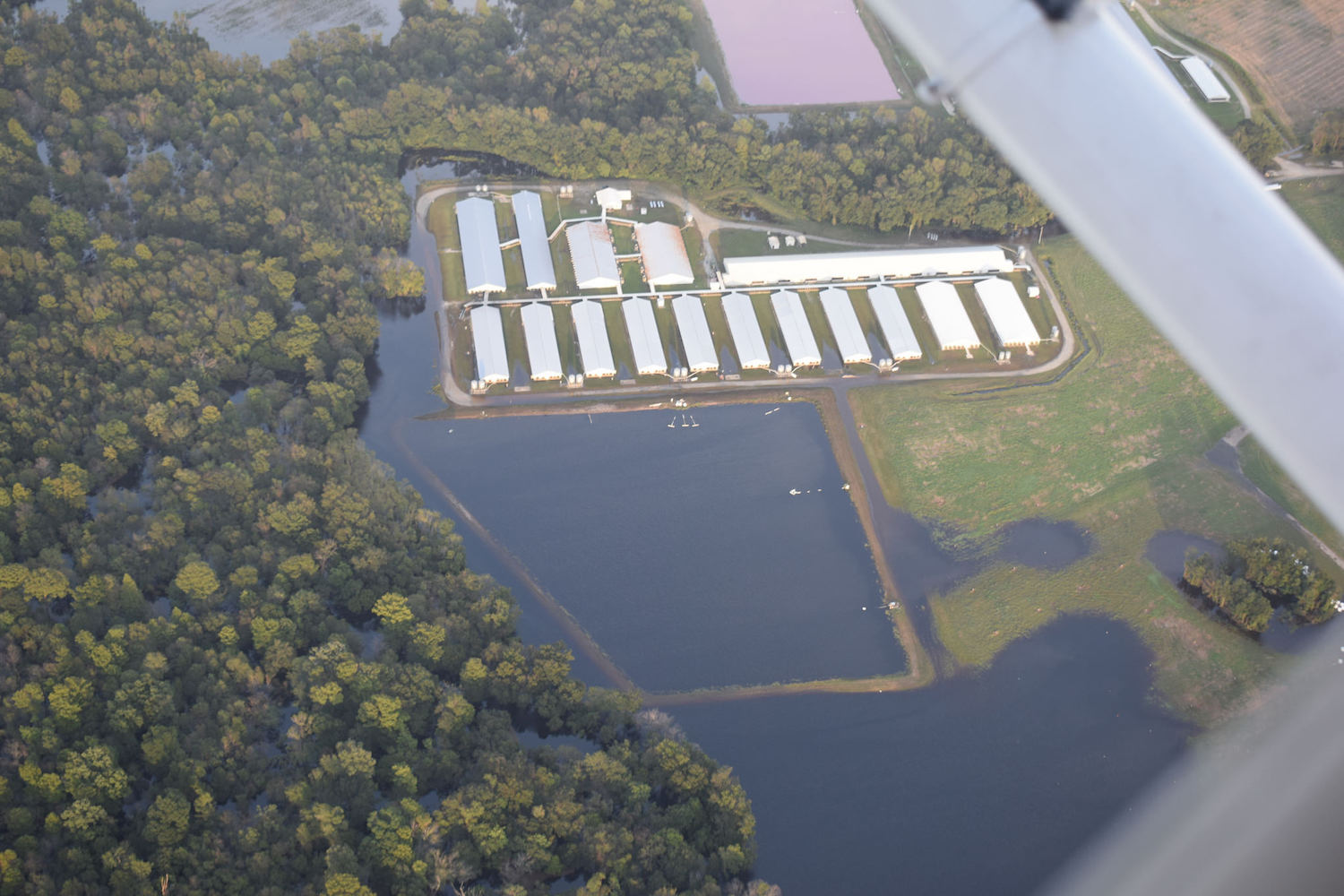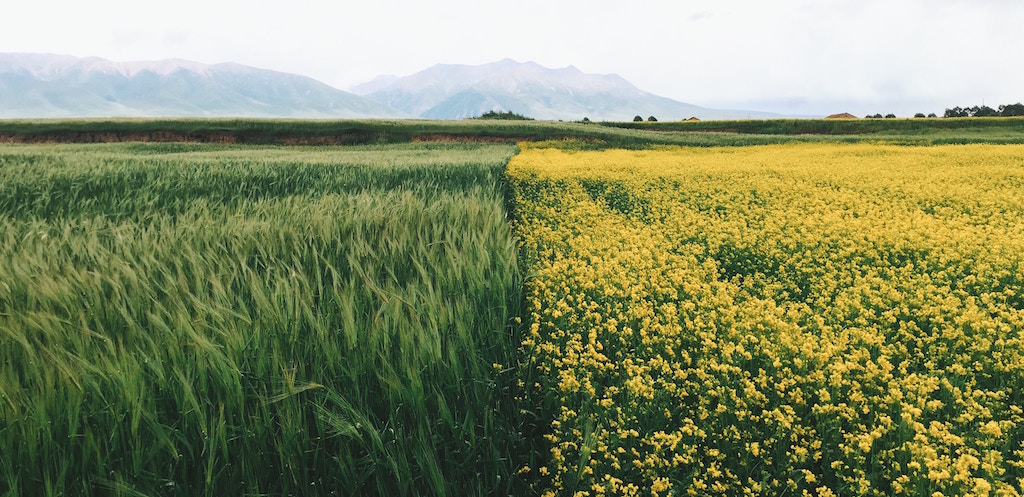
Bill Dickinson / Flickr
The waters off New England teem with a wide range of species, from scup, white hake, and mackerel to whelk, surf clams, and peekytoe crab. But despite this abundance, just a small handful of regionally available species dominate the marketplace—mostly lobster, scallops, and cod. Why don’t supermarket shelves better mirror the diversity of local waters?
That question is the subject of a new survey of fish and shellfish diversity in grocery stores and specialty markets in New England. The study, published on Monday by Eating with the Ecosystem, a nonprofit that promotes local and sustainable seafood harvesting in the Northeast, looks for “symmetry”: namely, the balance between the creatures found in nearby waters and the products found in the seafood section. For now, the study found, that proportion is greatly out of whack.
The report is based on the shopping experiences of 86 citizen scientists, who collected data over a six-month period of time. Each week, participants were randomly assigned four species from a list of 52 species commonly found in the waterways where New England fishers harvest their catch. They were instructed to seek their targets out at up to three markets, bring one home, cook out, and rate their experience. Basically, it was adult hide-and-seek but with pollock and sea urchins instead of people.
Participants found that only five species, including lobster and scallops, were available more than 50 percent of the time. Above, the price board at Harbor Fish Market in Portland, Maine
“I actually got skunked a lot,” Kat Champigny, one of the citizen scientists, tells me—“skunked,” in the sense of being badly defeated. Champigny works at the Gulf of Maine Research Institute and thought the study would be a unique way to learn more about local seafood. But while she was sometimes unable to find the fish she’d been asked to look for, the study still pushed her toward a wider variety of fish and shellfish than she’d ever encountered. She discovered a new favorite species, bluefish—while other options were a little less appetizing.
“My least favorite experience was butterfish, which are these little tiny round fish that I could only find whole—it was my first time gutting a fish and my first whole fish that I ever ate,” she recalled. “That was a pretty eye-opening experience.”
Overall, the study found that a few types of seafood are overrepresented in the market, while other local species get very little play. Of the list of 52, only five species were available more than half of the time: lobster, sea scallops, soft shell clams, cod, and haddock. Meanwhile 37 of them, including razor clams, mahi mahi, and bonito, were spotted 15% of the time or less. The butterfish that Champigny scorned? It had a 3% chance of appearing in markets.
Other hard-to-find fish were rated highly, suggesting missed market opportunities. The John Dory, a spiny, notoriously harsh-looking marine fish, turned out to be delicious on the plate, with flaky white flesh some citizen scientists likened to “a better version of flounder.” But while that fish was ranked both tastiest and easiest to prepare among all the species surveyed, participants could find it only two percent of the time.
The John Dory isn’t winning any beauty pageants. But participants routinely rated it the fish that was best-tasting and easiest to prepare.
“Fish tend to be generalist predators, rather than specialists,” the report’s authors write. “Eating ‘like a fish’ means replacing our highly selective seafood eating habits with a flexible acceptance of whatever the ocean provides. It means opening our minds and our mouths to the rich diversity of ocean life—reducing the environmental and economic problems that come with overfishing in the process.”
“If we’re selective about what we eat, and we only eat a few species, then that has a cascading effect down the food chain,” Masury explains, referring to the disproportionate pressure that certain species can face when they are in high demand. “If instead we’re less selective, we’re adaptable, we eat a variety or diversity of species, then we’re eating more in balance with our actual marine food webs.”
Doing so would not only have environmental benefits—it could also give an economic boost to fishers.
Dean Pesante is a Rhode Island-based fisherman who has been gillnetting with his boat since 1997.
Pesante harvests and lands a wide variety of species depending on the season, then sells his catch to wholesalers, who price based on demand. He points to scup (a common fish also known as porgy) and dogfish (which is actually a small type of shark) as species that are abundant in the water, but don’t get too much love.
“If more people were accustomed to eating it, if it was marketed differently, demand would go up and then the price would go up,” he tells me.
But changing the way that people eat is not an easy undertaking. For many, food is a matter of familiarity and comfort. Turning us on to new textures, flavors, and even cooking techniques is a big ask—but it’s not impossible, and very well may have benefits that go beyond the kitchen.
For what it’s worth, Champigny feels like a more adventurous eater now: “I’m pretty willing to try anything at this point,” she says.












